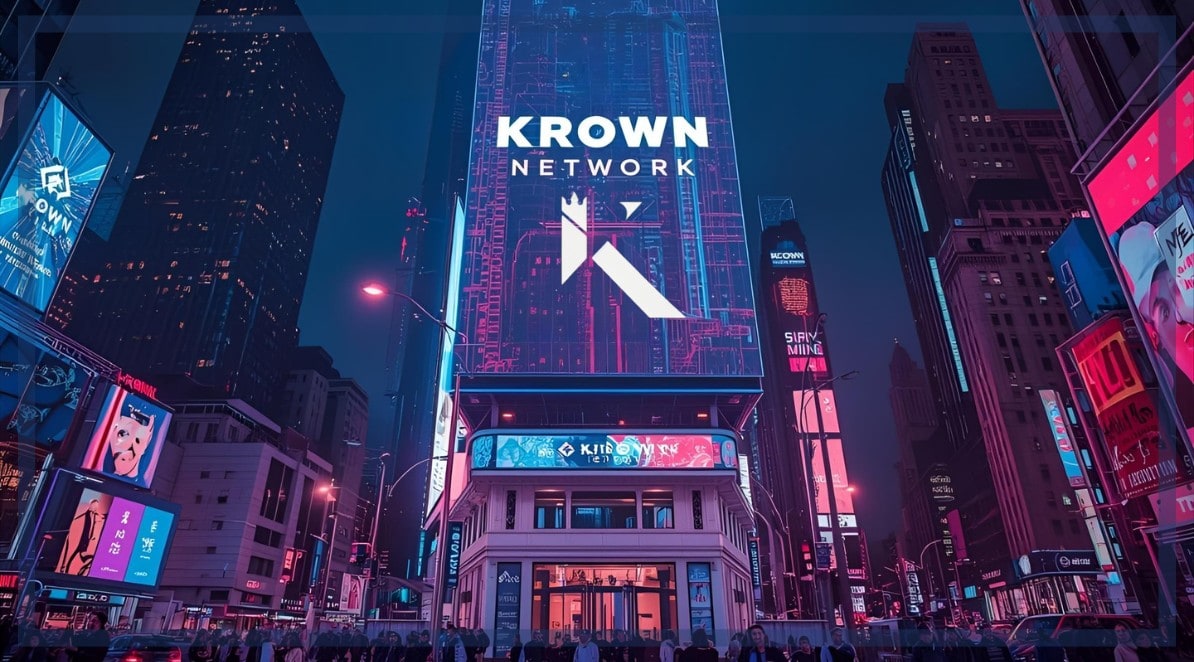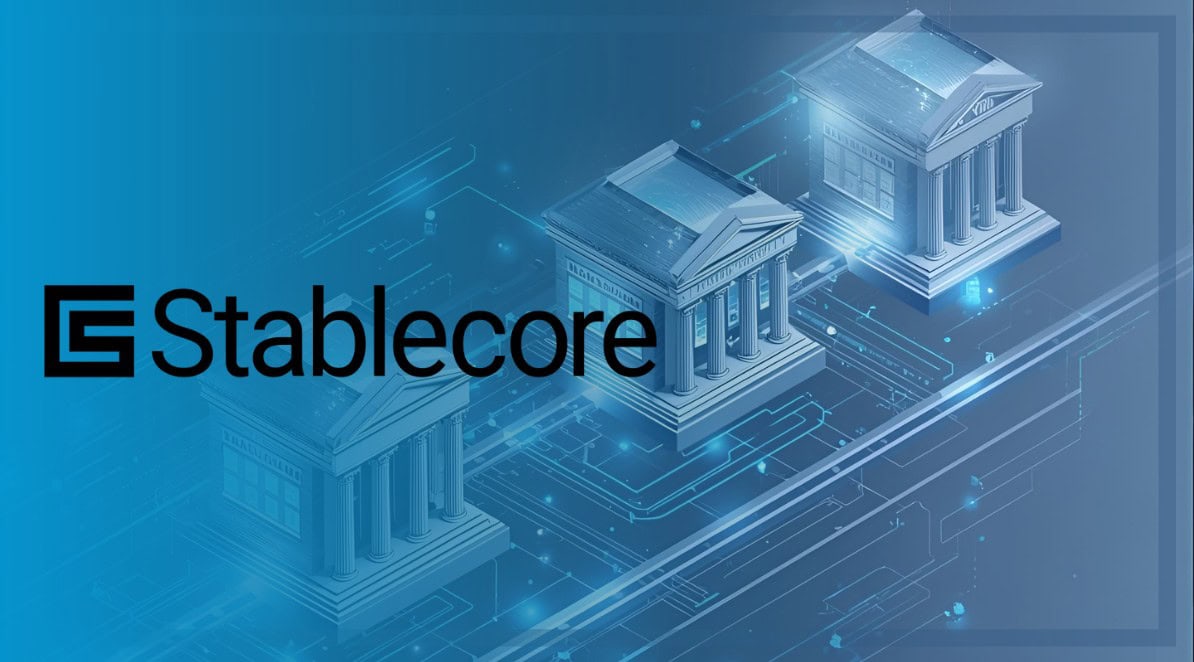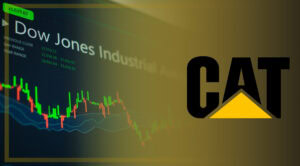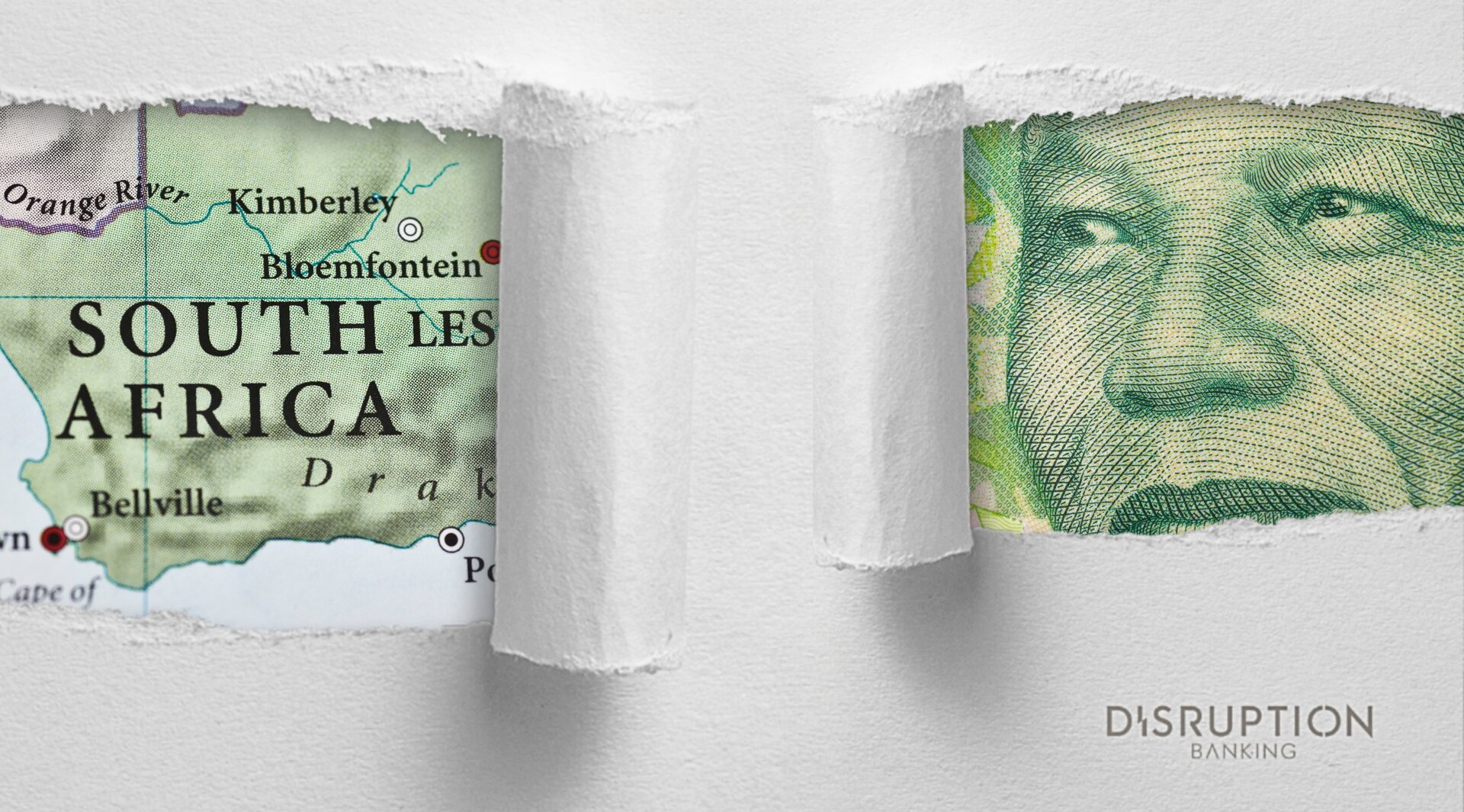On May 21, Hong Kong joined dozens of other nations in passing legislation to regulate stablecoins. Simultaneously, in the US, similar stablecoin legislation is winding its way through the Texas statehouse, as well as the U.S. Senate.
The Hong Kong government said in a statement that the legislation will “enhance Hong Kong’s existing regulatory framework on virtual-asset (VA) activities, thereby fostering financial stability and encouraging financial innovation.”
Approving a framework for stablecoins is foundational to the normalization of cryptocurrency, but it also facilitates cross-border payments, a problem that traditional finance has been slow to offer innovative solutions to.
Your Questions, Answered
Stablecoins used to be like a grease for transactions between digital and fiat assets. However, their use has expanded according to a recent post by Chainalysis “to cross-border payments, serving as a store of value, and unlocking global access to U.S. dollar-denominated assets.”
In addition to being used to provide an easy transition between digital assets, traders use stablecoins to lock in gains while escaping volatility without having to change back into a fiat currency.
YeFeng Gong, risk and strategy director of HashKey OTC, told CNBC, “Hong Kong’s new stablecoin policy sets a global benchmark by mandating full reserve backing, strict redemption guarantees, and HKMA oversight,” adding that the policy “ensures institutional-grade reliability for traders while positioning Hong Kong as a leader in compliant digital finance.”
In 2023, Hong Kong created a virtual asset licensing regime, one of the first of its kind, which gives cryptocurrency firms official approval to conduct business in the city, provided they meet standards. That regime covered four types of firms in the digital asset space, including exchanges, fund managers, dealers, and distributors.
Christopher Hui, the city’s secretary for financial services and the treasury, told Reuters, “The Ordinance adheres to the ‘same activity, same risks, same regulation’ principle, with a focus on a risk-based approach to promote a robust regulatory environment.“
The government of Hong Kong don’t play when it comes to oversight, but having a strict regulatory framework is likely preferable for many firms than the uncertainty which pervaded the US and other countries where no legislation had been developed.
Hong Kong is paving the way in stablecoin regulation. Our executive chairman and co-founder @ysiu notes that Hong Kong has "leapfrogged quite a few other jurisdictions, including the US" with its new stablecoin ordinance. pic.twitter.com/sRBdobqNNE
— Animoca Brands (@animocabrands) May 30, 2025
The Market
The South China Morning Post published a helpful explainer about the passage of the bill in Hong Kong.
The stablecoin market is dominated by two currencies, Tether, based in the US Virgin Islands, operates USDT, of which there is $152 billion in circulation. And then there’s USDC with $61 billion worth of tokens operated by the Boston-based Circle.
Tether committed the original sin of misrepresentation, downplaying the relationship between Tether Limited and Bitfinex, the trading platform that was crucial to Tether’s early growth, and later misrepresenting the amount of commercial paper making up the much attested one-to-one reserves.
It’s safe to say that Tether would never have come about in the regulatory environment created by the GENIUS Act, which is much stricter and caters to TradFi institutions.
Nevertheless, stablecoins are critical for the integration of the crypto industry with TradFi, and the U.S. Congress must lumber into gear. Tense negotiations are happening on the hill about how to protect the financial system and national security while allowing Wall Street to get into the stablecoin business.
The revised Genius Act favors big banks because it requires issuers to maintain one-to-one reserves and comply with the Bank Secrecy Act. A company like Tether would have been obliged to partner with a big FDIC-approved bank or become a subsidiary of one as the legislation only allows such institutions or their subsidiaries to launch a stablecoin.
The Battle for Credibility
But the size of the market is only part of the story. The real issue is credibility, not just of the stablecoins themselves, but of the jurisdictions that regulate them. Tether, for all its market dominance, continues to spark questions over its opaque reserve disclosures.
Circle, meanwhile, has cozied up to U.S. (and UAE) regulators, recently kicking off its IPO, but it remains tethered (no pun intended) to a political climate where crypto policy shifts with the wind.
Hong Kong’s approach, in contrast, is brutally clear: You want to issue a stablecoin? Fine. Back it 1:1 with real assets. Redeem on demand. Follow the rules. Or get out.
This is not regulation as an afterthought—it’s regulation as an invitation. For institutional money. For global fintechs. For developers tired of navigating compliance quicksand in Washington or guessing at how MiCA will evolve in Brussels. Hong Kong is staking its claim not just as a crypto-friendly hub, but as a compliant, grown-up one.
Why It Matters
Stablecoins are rapidly becoming the rails for global payments. While the geriatric U.S. Congress drags its heels (in Sketchers slip-ons) and Europe dithers on enforcement timelines, Asia is stepping into the power vacuum. And Hong Kong is doing so with surgical precision.
Consider this: A fully regulated, legally enforceable stablecoin issued in Hong Kong could become the de facto settlement layer for Asian trade. With China’s capital controls, the renminbi won’t fill that role. With U.S. politics mired in tokenized tribalism, the dollar needs a neutral emissary. Hong Kong’s HKD- or USD-backed stablecoins could be just that.
It’s not about ideology. It’s about utility. Whether you’re a remittance worker in the Philippines, a vendor in Vietnam, or a logistics firm in Shenzhen, you need speed, stability, and trust. Hong Kong is offering all three.
Where This Goes Next
The final act isn’t about who passed legislation first—it’s about who implements it best.
Expect a flurry of applications for stablecoin issuance under the new regime. Look for Hong Kong’s banks and fintechs to collaborate in ways that turn regulators into enablers, not enforcers. And keep an eye on cross-border corridors: if Hong Kong plugs into Singapore, Seoul, and Tokyo, a new financial backbone could emerge, one stablecoin at a time.
What’s coming isn’t a crypto revolution. It’s an infrastructure transition. And Hong Kong, in all its paradoxes, just might be the new Geneva of digital money.
Author: Laird Dilorenzo
#StableCoin #DigitalAssets
Laird Dilorenzo is a hatchet thrower and wordsmith.
The editorial team at #DisruptionBanking has taken all precautions to ensure that no persons or organizations have been adversely affected or offered any sort of financial advice in this article. This article is most definitely not financial advice.
See Also:
How the Canton Network is Disrupting Capital Markets at Point Zero Forum | Disruption Banking
Tether’s Big Bet: Stablecoins as the New Global Reserve Power | Disruption Banking
What is the GENIUS Act? Banks and Fintechs Rush Towards Stablecoins | Disruption Banking














